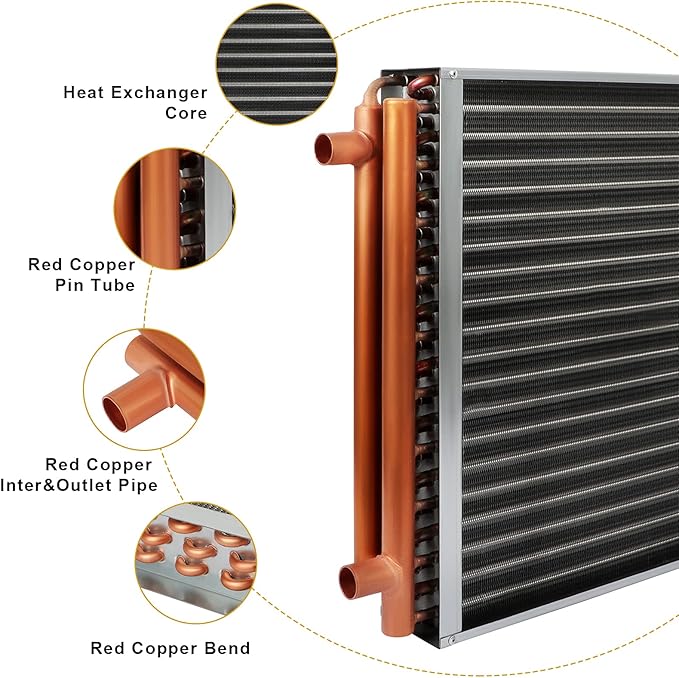How Long Is the Service Life of a Plate Heat Exchanger, and How Can It Be Prolonged?
Customers often ask us, “How long is the service life of your plate heat exchanger?” If we give a short estimate, it raises concerns about the product’s reliability; if we say too long, they may become skeptical and hesitant to sign the purchase agreement.
Plate heat exchangers are known for their high efficiency, energy-saving capabilities, cost-effectiveness, and compact design. However, the service life of a plate heat exchanger varies depending on the industry in which it’s used. Here’s a breakdown of its lifespan in different applications:
1. Chemical Industry Plate Heat Exchangers
In the chemical industry, plate heat exchangers are commonly used in processes such as chlor-alkali, phosphoric acid, or sulfuric acid cooling. These systems are subjected to harsh conditions, including high temperatures, high pressures, and corrosive environments. Under these circumstances, the normal service life is typically around 2-3 years, with some factories opting for an annual replacement to ensure safety and performance.
2. Hotel Domestic Hot Water Industry Plate Heat Exchangers
In the hotel industry, plate heat exchangers are often used for domestic hot water systems, including steam-to-water and water-to-water heat exchanges. When the correct materials are selected and operated according to the right parameters, the service life of these exchangers can exceed 8 years. For example, when steam temperatures reach 120°C, using 304 stainless steel plates may result in stress corrosion. To extend the life of the exchanger, 316L stainless steel plates are typically chosen, along with high-temperature resistant EPDM gaskets, which help prevent premature wear and tear.
3. Photovoltaic Industry Plate Heat Exchangers
In the photovoltaic industry, plate heat exchangers are used in processes such as polishing polysilicon with mortar to prevent workers from being cut by sharp edges. After polishing, the system circulates cooling water to cool the mortar. Due to the abrasive nature of the mortar and its high viscosity, the heat exchanger plates can become clogged over time. The typical service life of a plate heat exchanger in this environment is around 4 years, although this can vary depending on operating conditions.
Tips for Prolonging the Service Life of Plate Heat Exchangers
- Proper Start-Up Procedure: When starting the equipment, if there is a pressure difference between the two media, always open the low-pressure valve first, followed by the high-pressure valve. This gradual process helps prevent deformation or damage to the plates due to excessive pressure differences, thereby protecting the heat exchanger.
- Operate Within Specified Limits: Always operate the equipment within the temperature and pressure ranges specified on the nameplate. Excessively high temperatures or pressures can compromise the gasket’s sealing performance, leading to leaks. Therefore, it’s crucial to avoid any sudden or violent impacts during operation.
- Careful Shut-Down Process: When shutting down the equipment, close the high-pressure side valve slowly first, followed by the low-pressure side valve. This reduces the pressure difference and helps protect the plates, which in turn extends the life of the equipment.

